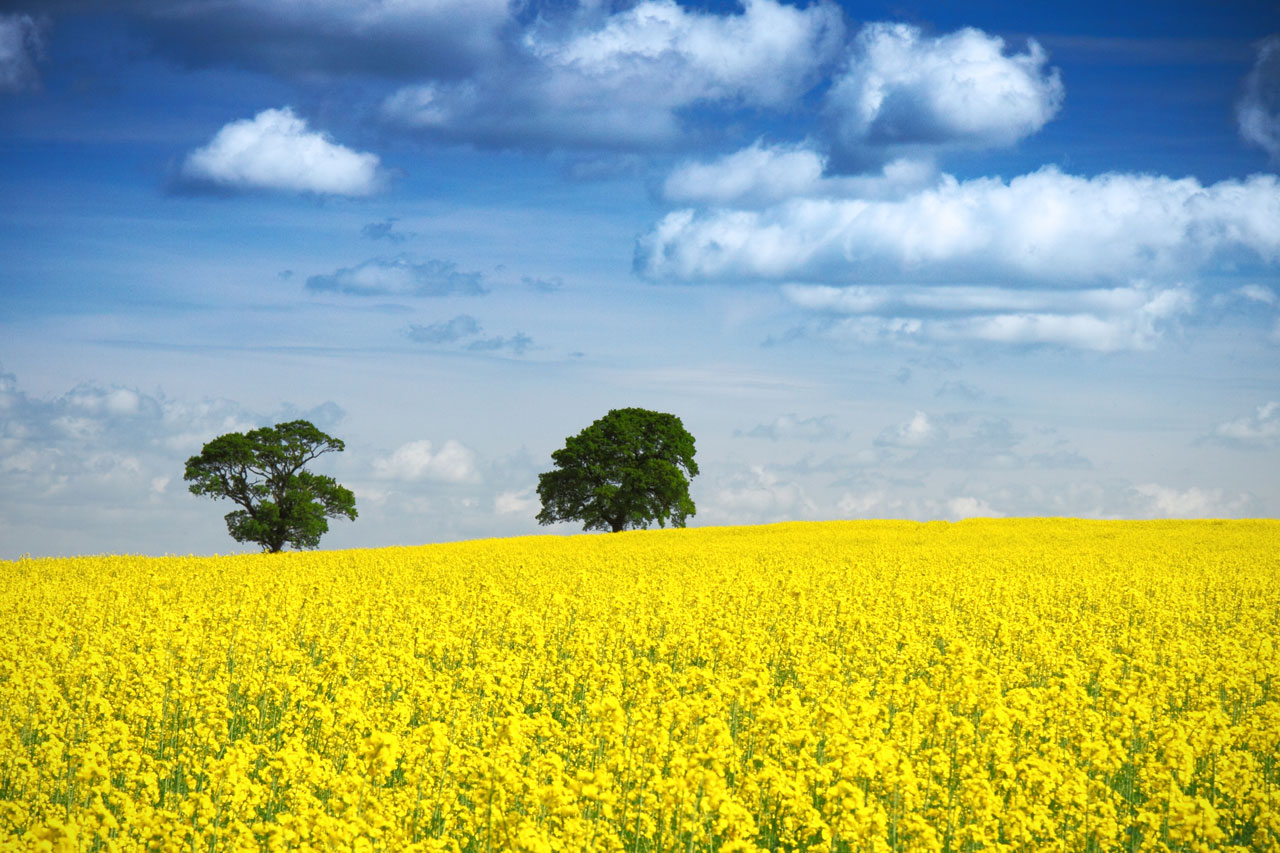
The oilseed rape area for harvest 2018 in England and Scotland has increased by 9 percent compared with last year, and is the first rise in seven years.
A survey of 6,832 farms also showed a continued trend for declining British wheat area (-2%), but an increase in the area of spring barley (+4%).
Other key findings of AHDB’s 2018 Planting and Variety Survey show winter barley area is estimated at 385Kha, 7% lower than 2017, and oats area estimated at 156Kha, meaning a 2% increase.
Despite a significant increase in the oilseed rape area, it is still low in comparison to recent history.
The area is still well below the 2015 area and is still 19% (143Kha) lower than the record set in 2012.
The year-on-year increase in planted area is likely a reflection of the better planting conditions for oilseed rape in autumn 2017, following the previous season’s prohibitively dry autumn conditions and cabbage stem flea beetle impact, notes AHDB.
The significant area increases are in the Eastern and South East English regions, which recorded particularly sharp declines in 2017.
Due to a low Welsh survey response rate for oilseed rape, AHDB is unable to provide an area for Wales and therefore, a GB area.
However, across the previous five years, Wales has represented less than 1% of the British oilseed rape area.
Elgar, a variety recommended for the East and West regions in 2018, continues to represent the largest proportion of the oilseed rape area, rising to 14% of the English and Scottish area. At 9%, Campus accounts for the second highest area, followed by DK Extrovert, with 8 per cent.
Peter Collier, AHDB Analyst said of the statistics: “The continued trend for a declining GB wheat area, combined with lower stocks and the current dry conditions could leave the 2018/19 domestic supply tight once more.”
